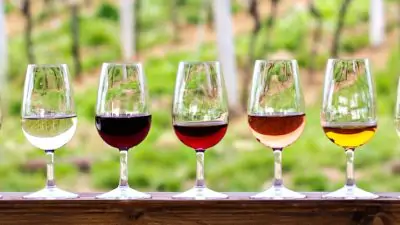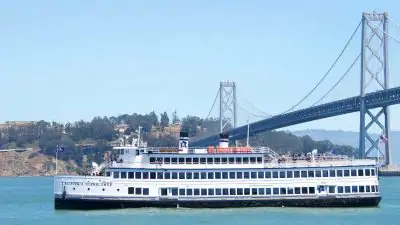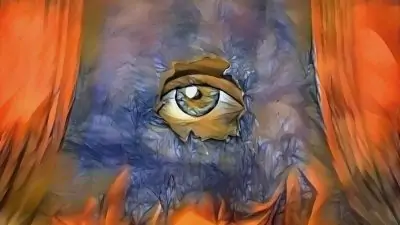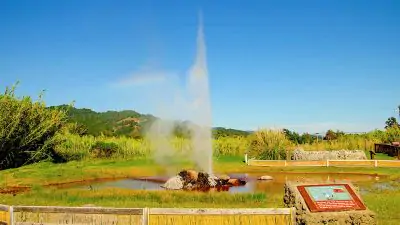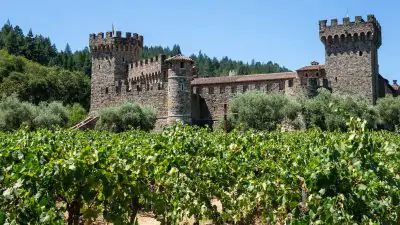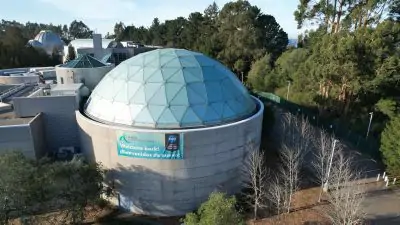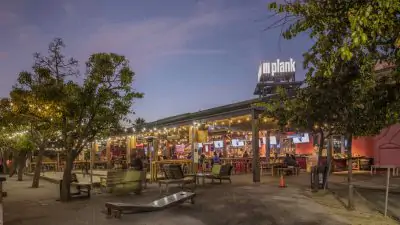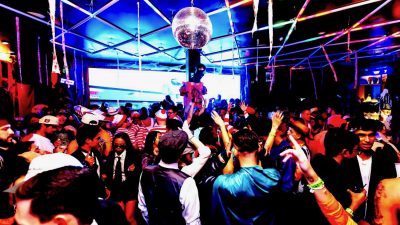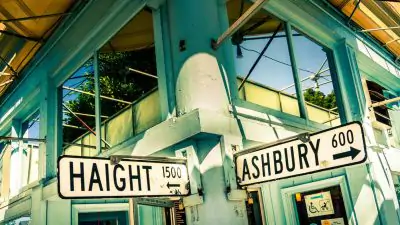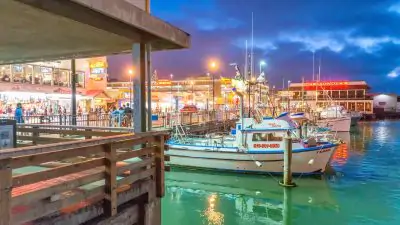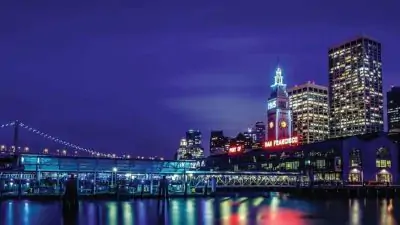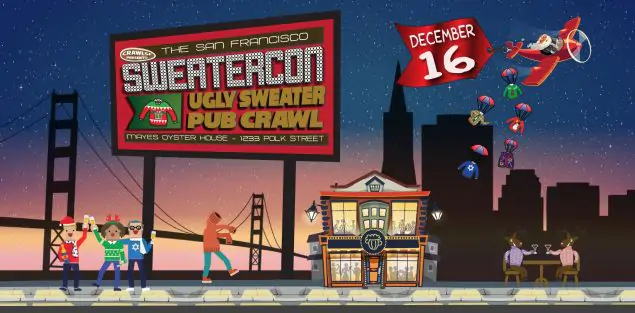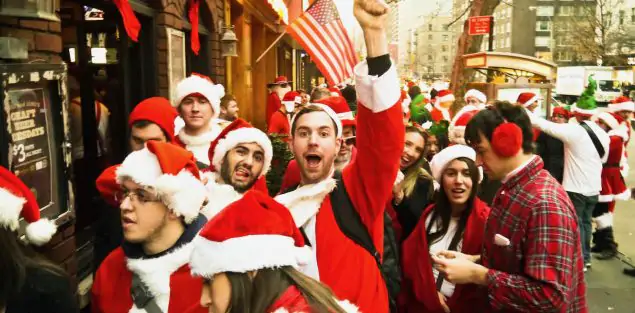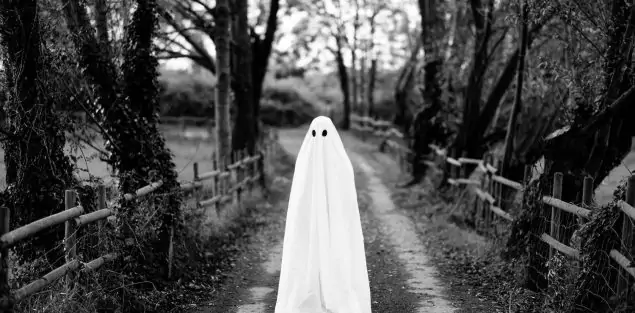Fascinating Facts About Cinco de Mayo
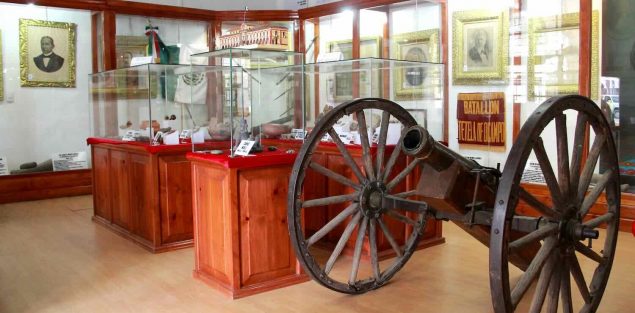
Cinco de Mayo takes place every May 5 with a whirlwind of mariachi music, fun events and parades. While many associate the holiday with Mexican culture, margaritas & festive gatherings, its roots and traditions are a little different than you might expect. From a battle in 1862 to Chihuahua races and air guitar showdowns, Cinco de Mayo is packed with surprises. Whether you’re planning a visit to San Francisco for the holiday or just curious about the day’s story, here are some intriguing facts about the holiday’s history, food, drinks, parties, fashion and more to get you in the spirit.
The Battle
Cinco de Mayo isn’t Mexico’s Independence Day, which is actually on September 16. Instead, it commemorates the Battle of Puebla on May 5, 1862, when a small Mexican army of about 2,000, led by General Ignacio Zaragoza, took on 6,000 French troops and won. Mexico was in debt and France, under Napoleon III, invaded to enforce payment. The victory was a morale booster, though the French later took Mexico City. Still, Puebla’s triumph became a symbol of resilience, celebrated today with pride.
Fun fact: Zaragoza was born in what’s now Texas, making him a hero in both Mexico and the U.S. His statue stands tall in Puebla and streets in Texas bear his name.
It’s Bigger in the U.S. Than Mexico
While Puebla hosts parades and reenactments, Cinco de Mayo is a minor holiday in most of Mexico. In the United States it’s a different story. Thanks to Chicano activists in the 1960s, who saw the battle as a stand against oppression, the holiday grew into a celebration of Mexican-American heritage. Cities like Los Angeles, Chicago, and San Francisco throw massive festivals.
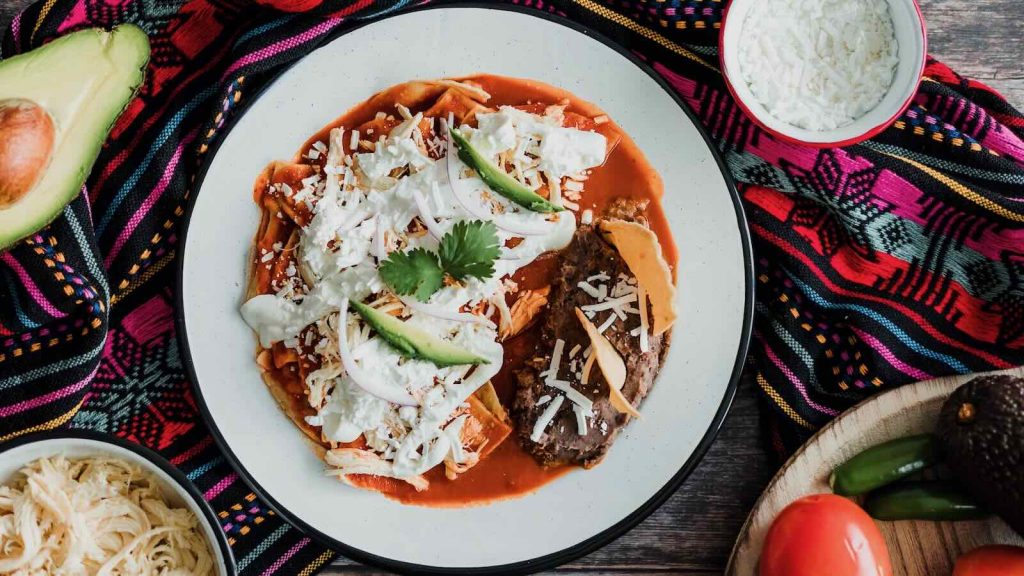
Mexican Foods
No Cinco de Mayo is complete without a spread of delicious dishes, and Puebla’s cuisine takes center stage. Mole poblano, a sauce made with chiles, spices + a touch of chocolate, is the holiday’s unofficial dish, often served over chicken. It can take days to make, blending up to 20 ingredients for a sweet-spicy kick. Chalupas, which are crispy corn tortillas topped with salsa and shredded meat, are another Puebla favorite.
In the U.S., tacos, tamales and guacamole rule the day. Americans devour an estimated 150 million pounds of avocados around Cinco de Mayo, enough to fill a football field with guac. And while nachos and burritos scream “Mexican” to some, they’re actually Tex-Mex, created in the U.S. with a nod to Tejano flavors.
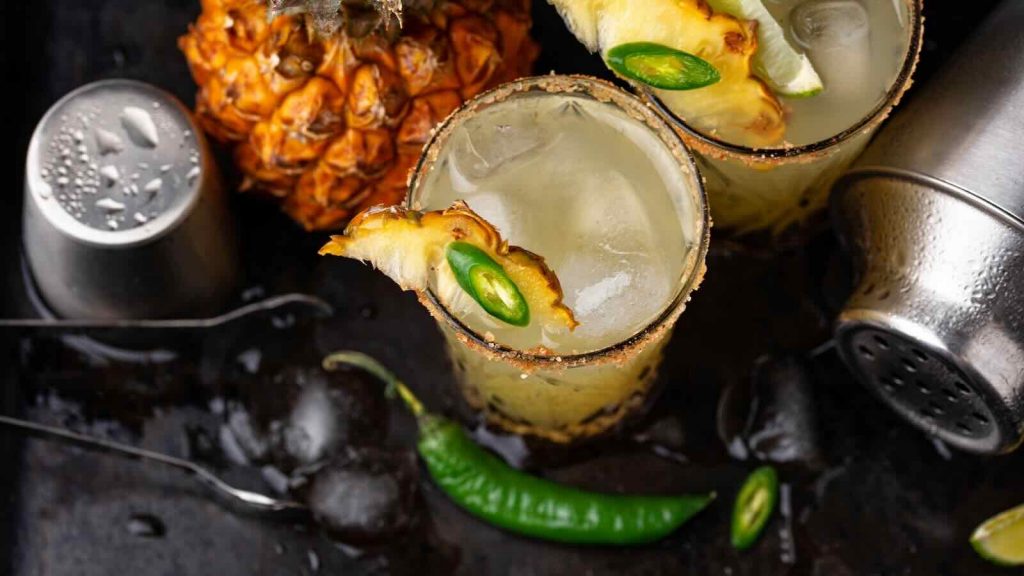
Mexican Drinks
Margaritas are the unofficial Cinco de Mayo cocktail, with tequila sales doubling in early May. But in Puebla, pulque, a fermented agave drink is more popular. Tepache, made from fermented pineapple, is another traditional drink, which is light and refreshing for warm spring days.
For a modern twist, some celebrations feature mezcal, tequila’s smokier cousin. And don’t be surprised to see Mexican beers like Corona flowing freely at events. We are definitely huge fans of an ice cold Corona paired with some delicious tacos.
Cinco de Mayo around the World
Cinco de Mayo parties range from backyard potlucks to large festivals. In Puebla, locals reenact the 1862 battle, dressing as Mexican and French soldiers. In San Francisco, you can head to the Mission for their annual festivities or take things up a notch at the San Francisco Cinco de Mayo Pub Crawl, also known as SanFranCinco. Denver’s two-day festival includes a parade with floats and lowrider cars, while Portland’s street fair adds fireworks.
Globally, the holiday pops up in unexpected places. Japan’s Tokyo and Osaka hold Latin American culture fests, and Brisbane, Australia throws a Mexican-themed bash. In the Cayman Islands, a Hard Rock Cafe hosts an annual air guitar competition.
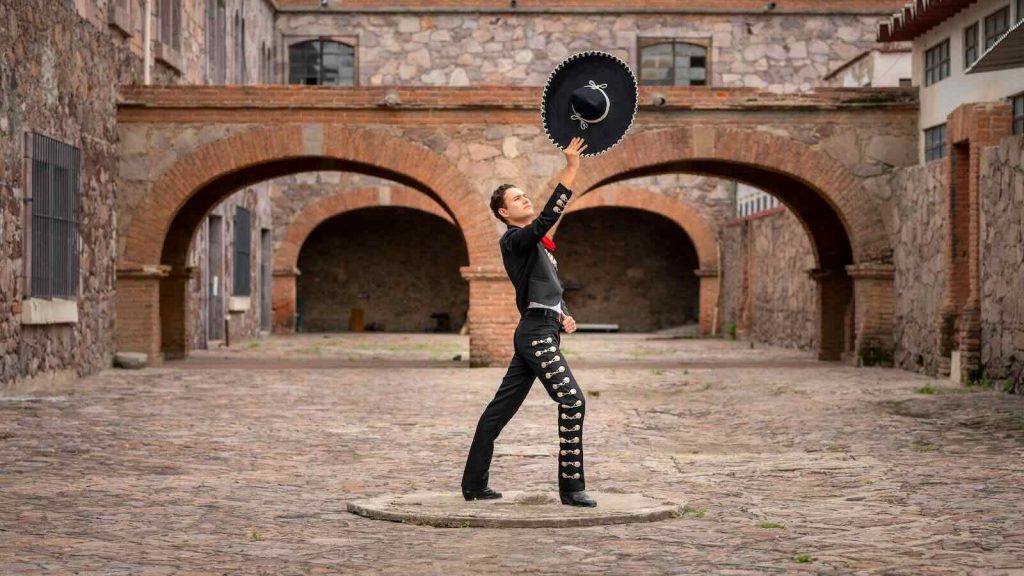
Cinco de Mayo Fashion
Cinco de Mayo fashion leans into Mexico’s heritage. In Puebla, women performing traditional dances like the jarabe tapatío (Mexican hat dance) wear china poblana dresses, which are flowing skirts in red, white, and green with intricate embroidery. Men might don charro suits, sharp outfits with silver buttons and wide-brimmed sombreros.
In the United States people often sport flag-colored gear or serapes, but there’s a push to avoid stereotypes like fake mustaches or oversized hats. Instead, many opt for subtle nods, like embroidered tops or jewelry from Mexican artisans to honor the culture respectfully.
Quirky Traditions
Some Cinco de Mayo celebrations include some weird or unique traditions and we happen to love the weird. In Chandler, Arizona, and Washington, D.C., the “Running of the Chihuahuas” sees dozens of tiny dogs race for glory, complete with a “king and queen” crowned for style. Denver once hosted a taco-eating contest that had competitors scarfing down dozens in minutes. And in Vancouver, Canada, skydivers mark the day with a “Cinco de Mayo boogie,” pulling off acrobatics mid-air.
Then there’s the papel picado tradition—delicate paper flags cut into lacy patterns. Kids in Puebla learn to craft them, and they flutter over festivals.
A Few More Tidbits

Avocado mania: The U.S. buys so many avocados for Cinco de Mayo that it’s a bigger boost for growers than Super Bowl Sunday.
Civil War connection: The Battle of Puebla delayed French plans to aid the Confederacy, indirectly helping the Union during the U.S. Civil War.
Congressional nod: In 2005, the U.S. Congress recognized Cinco de Mayo’s historical significance, cementing its place in American culture.
Cinco de Mayo is more than a day for tacos and tequila. It’s a chance to celebrate Mexican heritage and the Mexican-Americans living in the US. Whether you’re in San Francisco savoring elote in the Mission or learning about Puebla’s history, the holiday invites everyone to join the fiesta.

